how to draw a 2d image 3d
Since the dawn of time, artists have been trying to replicate the globe around us. These days, 3D modelling and press may be the closest way yet to do this.
A 3D model is exactly that, a model with three dimensions. When y'all create 3D models, you allow viewers to see superlative, width, and depth. The process of turning a series of images into a 3D model is called photogrammetry ut you nonetheless need to make it.
In this article, nosotros show you lot how to approach, photograph, and create 3D models from photos.
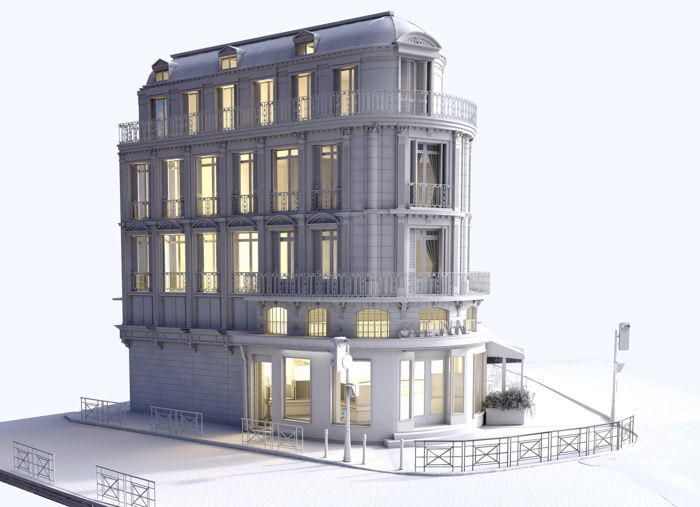


What You Need to Make a 3D Model From Photos
To brand 3D models from photos you will need a camera, software, and a 3D printer.
Camera
A DSLR such every bit Canon or Nikon will give you many settings, let you photograph RAW, and provide loftier-quality images.
You volition too need a broad-angle lens without huge amounts of distortion. For case, a 24-70mm would exist perfect.
You lot will also need a sturdy tripod. A skilful tripod allows you to shoot from caput peak when fully extended.
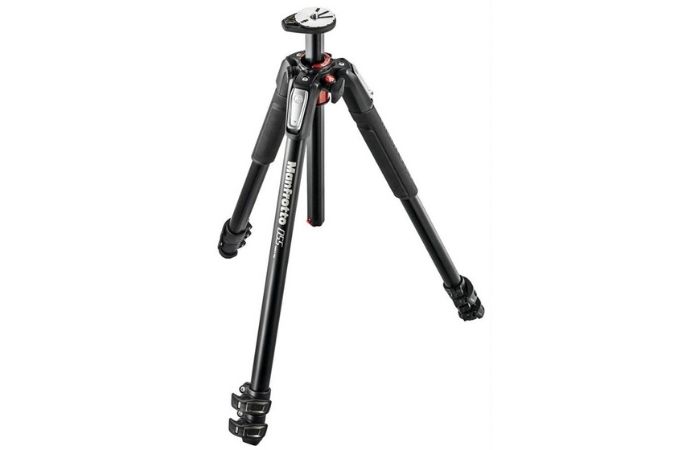
Software
You accept to use software to create a 3D model from photos.
For 3D modelling, nosotros will employ the Agisoft Photoscan.
Two alternatives to Agisoft Photoscan are:
- Regard3D is a structure-from-motion programme, creating a 3D model from a serial of photographs.
- VisualSfM is some other GUI awarding, resulting in 3D reconstructions using a series of images.
For creating meshes and cleaning your 3D image, there are other options. AutoDesk Maya is a great culling, and so is Mesh Mixer.
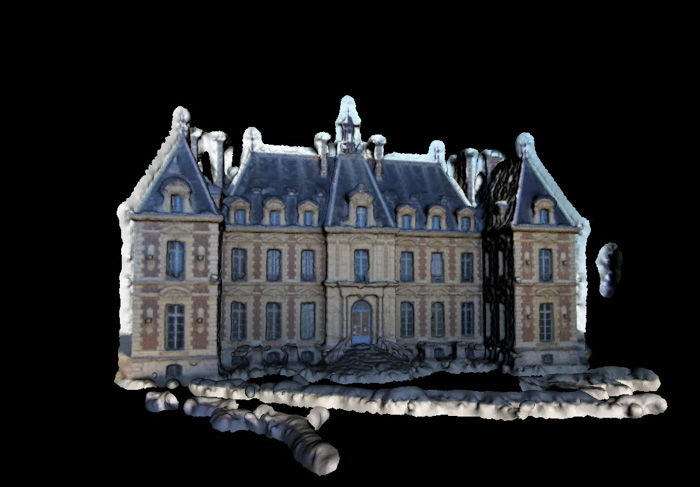
Printer (Optional)
Once you have your 3D model, you want to bring it to life through 3D printing. If you do not own a 3D printer yourself, there are websites specified for this, such as i.materialise.com. These sites allow you to upload your 3D model while choosing the size and the material.
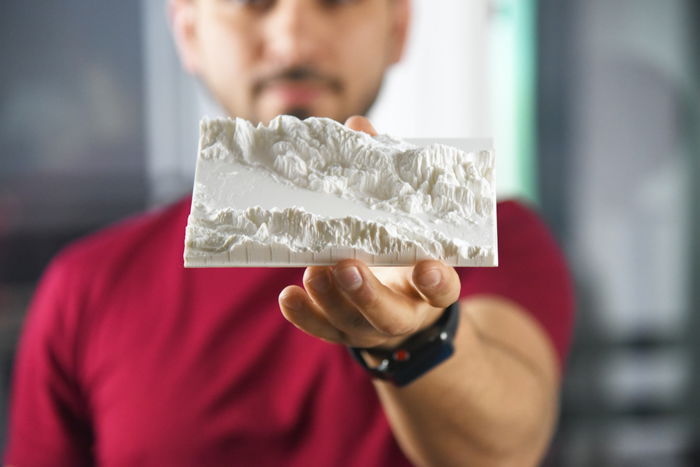
Footstep 1. Suit Your Settings
For my example, I tried to capture the Harry Hill Bandholtz statue in Budapest. Information technology was small enough to capture in less than 100 images and I could move around it 360°.
For the camera settings, the everyman ISO possible will provide the best quality image.
Next, fix the aperture. The depth of field has to be, at the minimum, mid-level. A shallow depth of field would only place a small surface area of your subject field in focus.
Lastly, these two above settings give you the shutter speed value.
I recommend using Manual way. This lets you change any values you want without them affecting other settings.
Here are the settings that I used for my example picture.
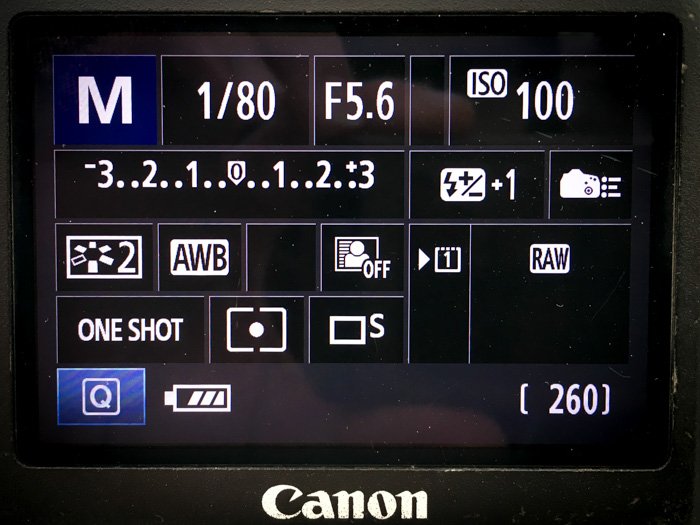
Step 2. Choose Your Field of study
Cull your bailiwick carefully. 3D photographing a huge building or monument could crusade many issues.
Past choosing something as well big, you lot run a risk not fitting the entire subject in your frame. You may as well find that you cannot motion around information technology easily. Big structures also need more and more images to create 3D models.
My communication is to location scout beginning. Go out with your camera, and consider leaving your tripod behind. Find a field of study and have some reference shots.
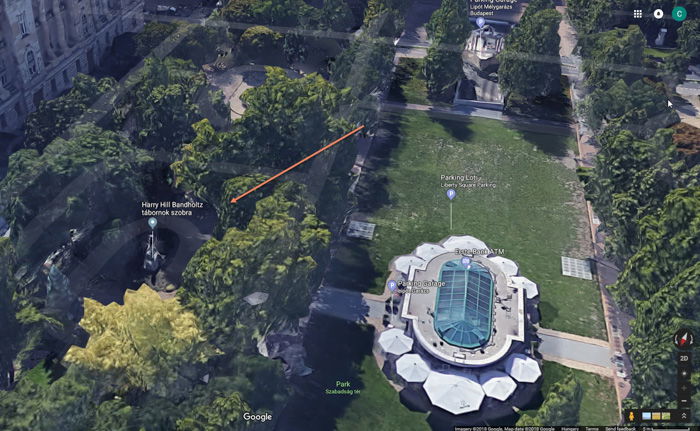
Step 3. Take Your Images
To make a 3D model from photos, you need to call up about panorama imaging.
Panoramas are created past photographing a scene from many camera perspectives without actually moving. You take a picture, move the camera forth the aforementioned axis and photograph again. Y'all repeat this procedure until you accept captured the unabridged scene. It could cover a 360° field of view.
When you stitch these images together, yous go one image showing the unabridged scene. You need an overlap of around 80%. Each new paradigm you lot shoot needs to bear witness 20% more of the scene than the last image. It allows the 3D software to lucifer the images correctly.
This is why y'all should shoot in portrait orientation. This allows you to get the top of the subject in its entirety.
For each, you need to take a mini-panorama. This will give you the length of the discipline. Information technology volition also ensure the overlap that y'all need to create a 3D model. You will have to motility the camera, take three images and move the camera again.
The three images will follow a simple procedure. The first volition have the subject in the centre. In the 2nd, the subject will residual on the left rule-of-thirds intersection, and the 3rd will residue on the right intersection.
Using the rule-of-thirds grid on the camera'due south Live View, you lot tin can line everything upwards. Use the on-camera spirit level to ensure information technology is level.
Change your location by taking 2 medium steps from the last location. Repeat the 3 steps above the entire fashion around the statue. In each position, take 3 images.
Beneath is a drawing about my procedure, showing how many images I took and from what angle. I took a full of 132 images from 44 dissimilar positions, covering the total 360° view of the statue.
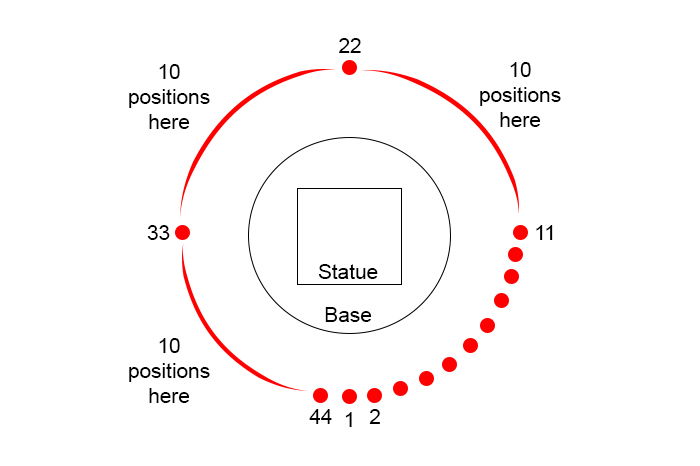
Step 4 – Install the Software
Go to the Agisoft Photoscan website and download, install, and run its 3D software.
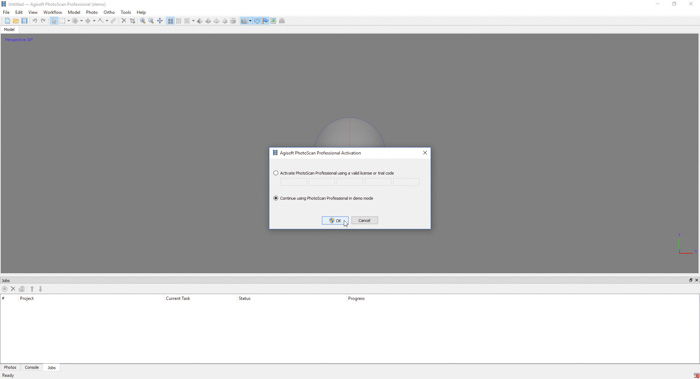
Step 5 – Add and Align Your Images
Click on Workflow > Add Photos. Locate the binder where your Jpegs are stored. Adjacent, select every image in the left-hand browser window. You can do this with Ctrl/Cmd + A.
Become back to Workflow > Align Photos. Set the accurateness to Highest and Generic Preselection to Disabled. Nether Avant-garde, set up the Key point limit to 100,000 and Tie point limit to 40,000.
Printing Ok. This procedure might accept over an hr, depending on figurer speed and the number of images.
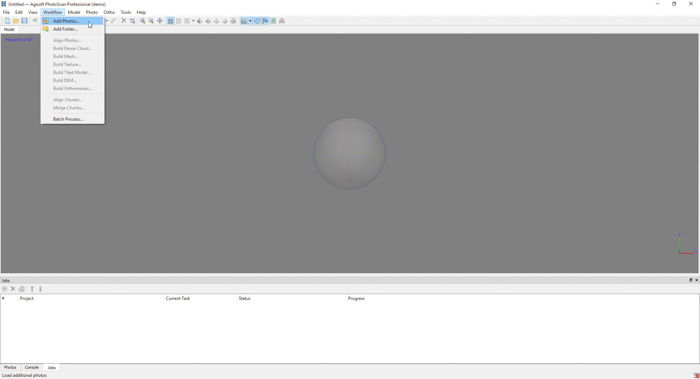
Troubleshooting Tips
I had a problem with the photographic camera resource allotment that Agisoft Photoscan uses as default.
When I first looked at the model, I was disappointed the statue was not as sharp and equally 'full' as I had hoped. The copse and surrounding objects appeared in the shot.
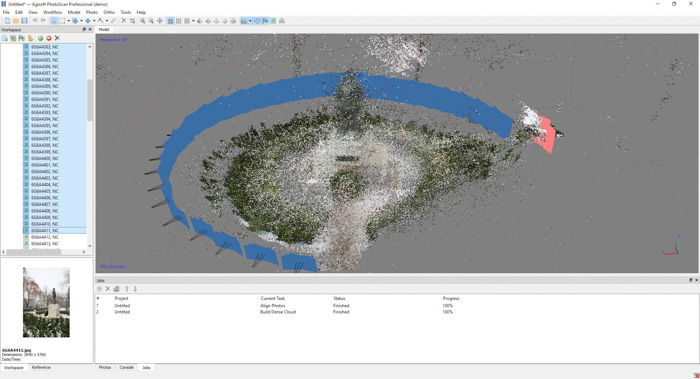
This partly came from the 3D software reading the wrong placement of between half-dozen-8 camera angles.
I tried to move these independently but instead chose to rename the files to something more coherent. The file names had the original names given by the photographic camera.

After changing the file names and recreating the 3D model, the program placed the cameras correctly. You can run across the difference in the image below.
One way is to effort aligning the photos again. Add the photos, and and so go to Workflow > Marshal Photos.
In the dialogue box nether Pair Preselection, change information technology from Disabled to Generic. This manner, the 3D software spends more fourth dimension thinking about your camera placements and where your images overlap.
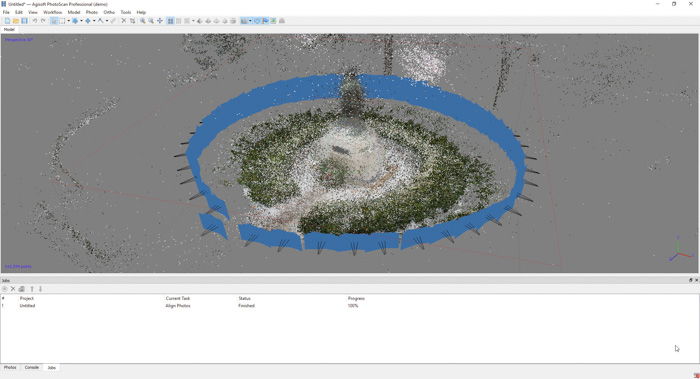
Conclusion
The reasons to use 3D Modelling range from creating special memories of travels to creating a 3D object from a photographed subject. Professionally, if you are an architectural photographer, builder, or work in similar fields, there are benefits in creating a perfect rendition of an existing object.
That said, creating a 3D model from photos is a fourth dimension-consuming process. Y'all need to have the correct photographic camera setup, tripod, subject area, and software to achieve your goal.
3D modelling is the next footstep in showing off your art. If you lot are looking for a artistic gift, you might consider giving a 3D model. They make great presents for the 3D lensman in your life.
Do you want to make 3D Models from your property photos? Make sure they are the all-time they can be with our Picture Perfect Properties course!
Source: https://expertphotography.com/create-a-3d-model-from-photos/
Postar um comentário for "how to draw a 2d image 3d"